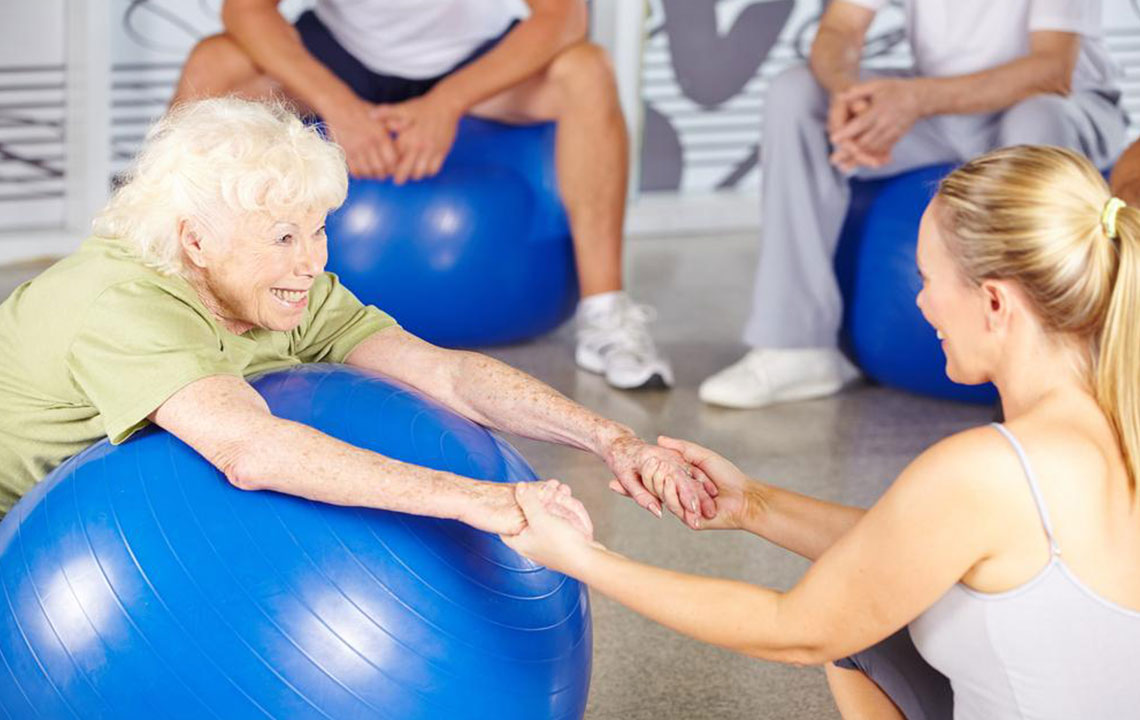Here’s What You Must Know About Outdoor Rehabilitation

Seeking help for addiction is one of the best choices an individual can make. While it is an important decision that can change one’s life for good, getting the right kind of assistance can get tricky. Some of the deciding factors that one should consider while seeking rehab assistance include distance, support, flexibility, and cost. It is a fact that severe substance addiction is best treated in an inpatient residential program that can help effectively manage addiction, detoxification, and withdrawal. However, those struggling with mild substance abuse can get adequate treatment in a reputed outpatient rehabilitation center. Individuals who have a strong will, are committed, and have a disciplined approach often succeed in giving up their habit with the help of outpatient rehabilitation centers.
An outdoor rehabilitation program is, therefore, an ideal alternative for those determined and motivated enough to put an end to their addiction. Such rehab programs give individuals the liberty to participate in the program in a way that can work around their schedules. Most outdoor rehabilitation centers schedule their programs at different times throughout the week to offer alcohol and drug treatment sessions to those motivated to quit. Several individuals in the early stages of addiction, therefore, prefer outdoor centers to residential ones as it allows them the flexibility to carry on their routine duties while seeking timely counseling and medication. What’s more, outpatient drug rehabs are relatively less restrictive and successfully help disseminate drug abuse awareness, addiction education, individual counseling sessions, and group sitting with the interested candidates. Most outpatient drug treatments last either for three to six months or longer. It has been observed that an average outpatient detox period usually lasts for about 6.5 months. This is a safer, more effective, and less time-consuming rehabilitation program.
Once an individual enrolls for outdoor rehabilitation, she/he is required to visit the rehab facility for mental and physical examination. Based on specific cases, doctors may administer drugs to ease symptoms of withdrawal including increased heart rate, anxiety, and depression. Apart from clinical treatment, outdoor rehabilitation centers also provide social support to patients with substance abuse that helps them recover and overcome the addiction. Most outdoor rehabilitation centers conduct sessions at night or early in the morning so that patients can continue working and still spend some time with their loved ones at home. Often, several addicts who attend inpatient programs continue sessions at outpatient rehabs to stay sober and recover faster. Some of the benefits of outpatient rehabilitation center have been listed below.
Affordability
You can save big on lodging as you get to stay at home while attending sessions. Outpatient rehabilitation is always a more economical option in comparison to residential rehabs.
Flexibility
People who are employed and have a mild addiction can benefit greatly from non-residential rehabs as they allow them the necessary freedom.
Free access to family
Residential addicts are required to stay away from family and often miss out on family support and involvement while on their journey toward sobriety. Being on an outpatient rehabilitation allows people to get adequate support from their loved ones.
While all outpatient programs are effective, these come in several formats, varying intensities, and offer different services. Some of the popular types of outpatient rehabilitation centers have been listed below.
Day programs
These are one of the most well-structured plans that prove to be the most effective in an outpatient rehabilitation setting. Day programs generally require that the interested candidates attend 5–7 days of meeting for several hours every day. During these meetings, patients are encouraged to participate in therapies, group settings, individual counseling sessions, and auxiliary therapies like art and music. At the end of each meeting, patients can return to their personal space and follow their routines as they will. While day programs provide you the requisite liberty to stay away from the center, these may also require a substantial amount of commitment that can hamper one’s ability to work or attend to other chores.
Intensive outpatient programs
These programs are established to create a defined and accountable treatment plan that can point toward progress. Once the predefined goals are met, the amount of time per session gradually decreases. This is an effective outpatient rehabilitation program for those who are resolute about abstaining but need to carry on with their daily responsibilities. Some of the common sessions included in this type of program include group therapies, counseling sessions, and relapse prevention.
Continuing care
Several support groups like Narcotics Anonymous and Alcoholics Anonymous provide the necessary support and resources to help individuals struggling with addiction to reach their goals faster. Such groups usually focus on therapy and regular meetings.
Other programs
Other types of outpatient rehabilitation programs may include physical therapy, speech therapy, occupational therapy, hand therapy, aquatic therapy, vestibular therapy, lymphedema therapy, and headache therapy.


